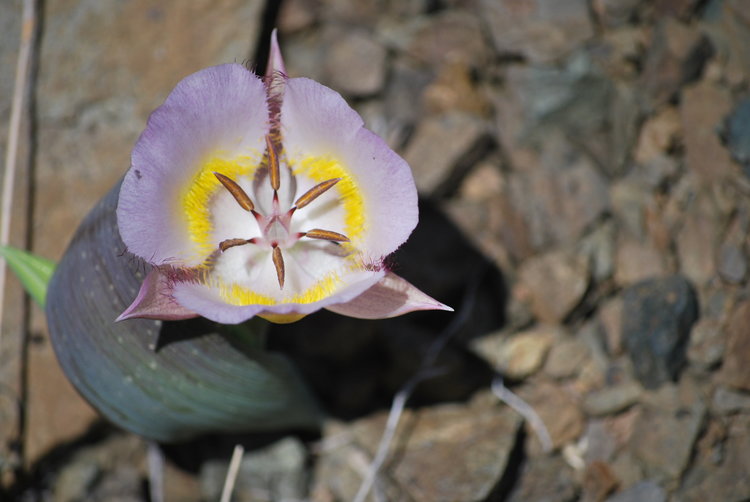Pulling Together for the Mariposa Lily
Charlie Shulz, BLM Ecologist at the Cascade-Siskiyou National Monument, along with Ellie Thompson, the Program Coordinator for Friends of the Cascade-Siskiyou National Monument, set up a grassland restoration research project in the Mariposa Lilly Botanical Area within the Monument. In partnership with Kristi Merganthaler, Stewardship Director with Southern Oregon Land Conservancy, and KS Wild’s Public Lands Advocate Brodia Minter, the organizations facilitated a team of volunteers to weed invasive species and seed the area with native plant species in the botanical area. This was the 5th successive year that these organizations and agencies collaborated on this invasive weed pull.
The 222-acre Mariposa Botanical Area is a designated conservation area (botanical preserve) that lies within the Cascade Siskiyou National Monument. It was first acquired in 1993 through a unique land exchange between The Nature Conservancy and cooperative ranchers in the Rogue Valley. It serves to protect two rare endemic plants: Greene’s Mariposa Lily Calochortus greenei (the Botanical Area’s namesake) and Detling’s microseris. Greene’s Mariposa Lily only grows in southern Jackson County, Oregon, and northern Siskiyou County, California, while Detling’s microseris exists only in select areas of Jackson County, Oregon. The preserve contains portions of the historic Oregon-California Trail, and provides year-round habitat for blacktail deer and a small elk herd.
Two plots that measure 5x20 meters, all corners geo-referenced via GPS and tagged, are set up for a community science experiment on the best methods to remove invasive Yellow Star Thistle from this important preserve.
The plots are divided into four 5x5 meter squares with the following treatments:
1. Control
2. Seed only (mixture of 14 native species, 3 of which are grasses)
3. Seed with light exotic species control
4. Seed with heave exotic species control
Volunteers cleared the east side plots of all non-native species and, for the light control, only removed one square foot of non-native species every two feet. Teams then seeded the plots with a combination of over 12 types of native seed types.
Our organizations are so grateful for the hardworking and dedicated volunteers who return to this area year after year to defend what they love! See you next year!


